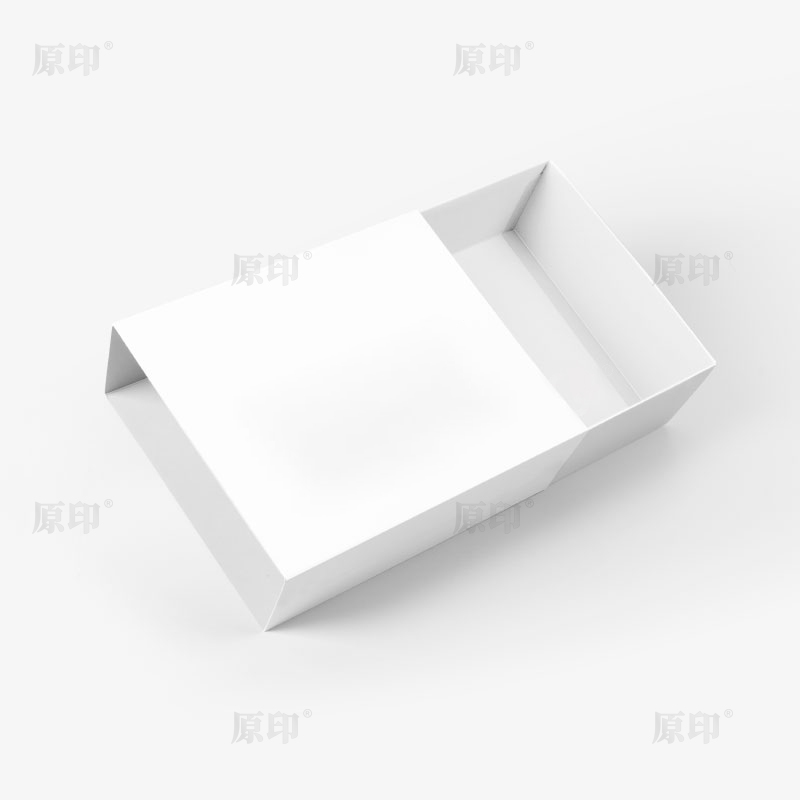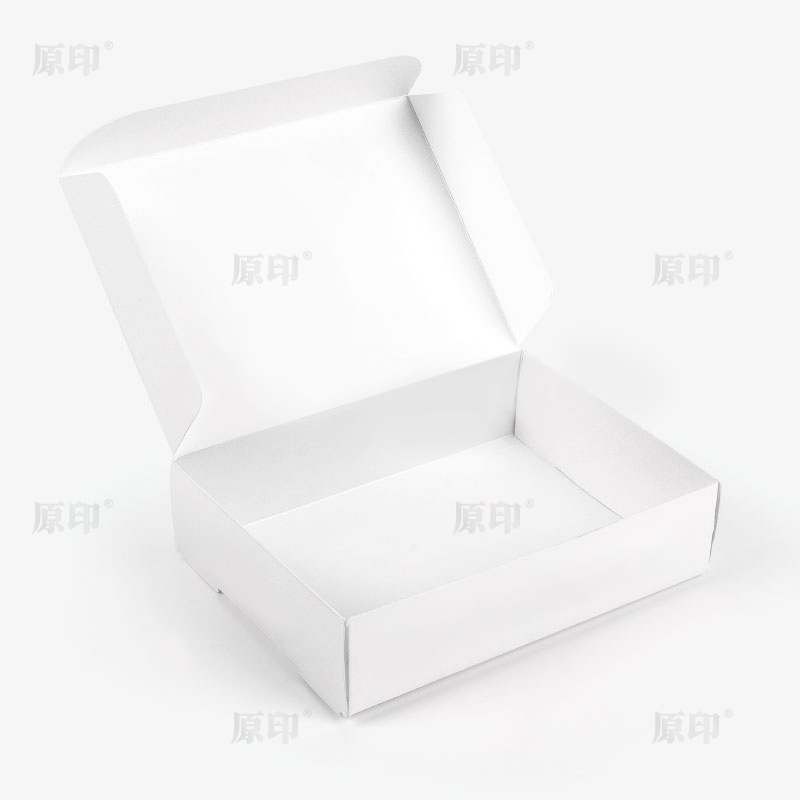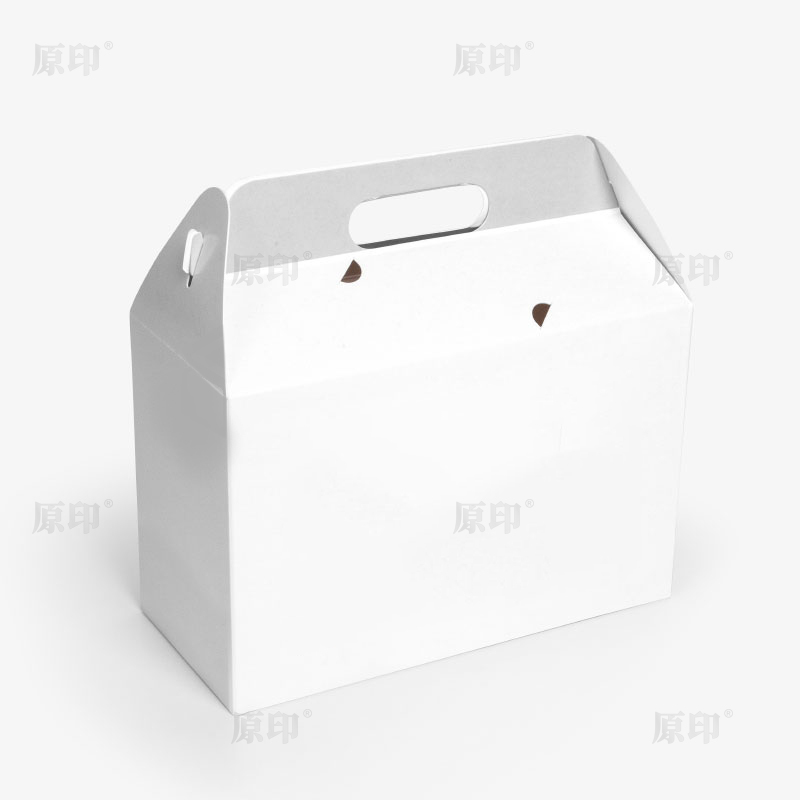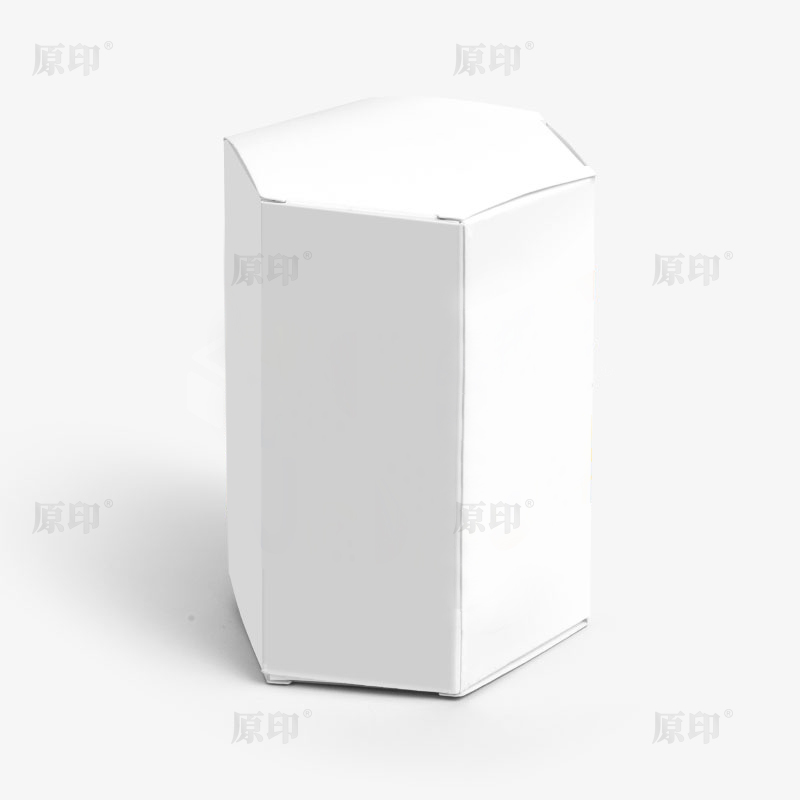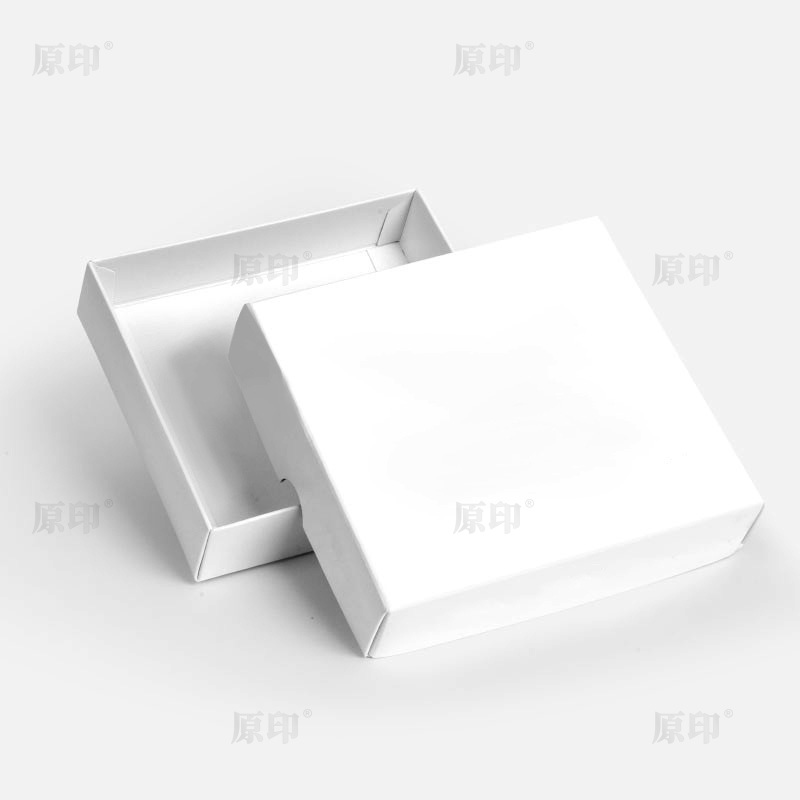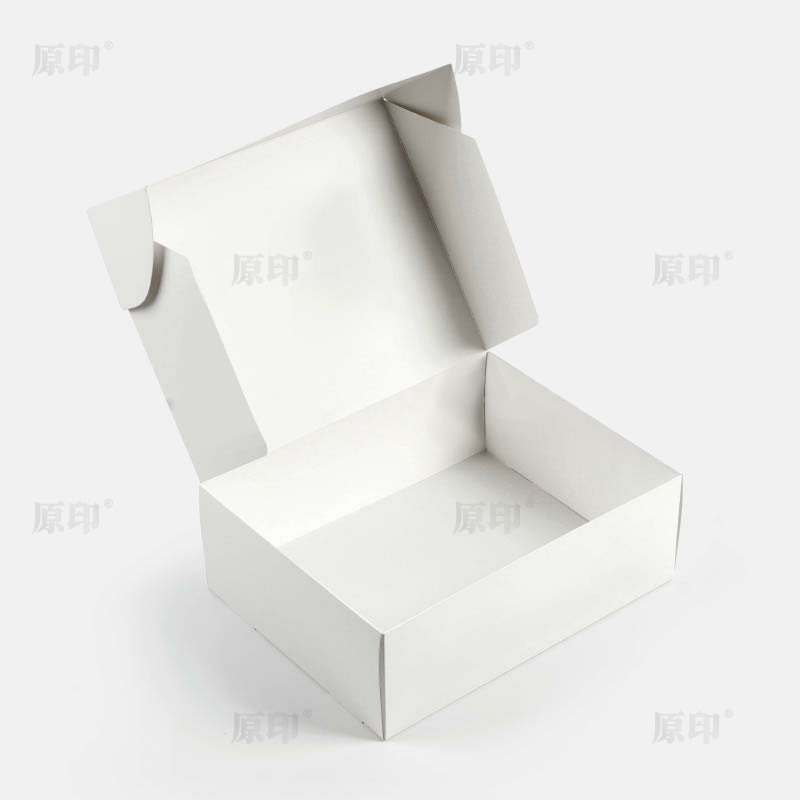How is the glossiness of UV coating controlled by formula adjustment?
UV curing technology might sound unfamiliar in our daily lives, but it quietly plays a crucial role all around us. This technology allows coatings to cure rapidly, enhancing production efficiency while reducing energy consumption and environmental impact. Today, let's delve into how UV coatings achieve their glossiness through simple formula adjustments, making surfaces both smooth and shiny.
From smartphone cases to automotive paints, from printed materials to industrial equipment, UV coatings can be found everywhere. The key to their high gloss lies in formulation adjustments. Let's explore the world of UV coatings in a straightforward manner to understand how they create stunning glossy effects.
Different resins exhibit varying levels of glossiness. Generally, resins with high cross-link density and good flowability can form smoother, shinier coating surfaces.
The amount of resin in the coating formulation directly affects glossiness. Optimal resin content ensures that the coating forms a uniform, dense film after curing, thereby enhancing glossiness.

These improve the coating's leveling properties, allowing it to spread evenly over the substrate before curing, reducing defects like orange peel or pinholes, and enhancing glossiness.
Appropriate use of thickening agents increases coating viscosity, preventing uneven flow before curing, thereby improving glossiness. However, excessive use can affect coating flow, so they should be added in moderation.
The intensity of UV light directly impacts the activation rate of photoinitiators and the extent of polymerization reactions. Higher UV intensity accelerates curing, leading to a denser film layer and increased glossiness.
Proper curing time ensures thorough curing, forming a stable film layer. Insufficient curing time can compromise glossiness, while excessive time wastes energy and increases production costs.
Different methods (spraying, rolling, spreading, etc.) affect coating thickness and uniformity, thus influencing glossiness. Choosing the right application method ensures the coating covers the substrate evenly and smoothly.
The quantity of coating applied also impacts glossiness. The right amount ensures a uniform film layer after curing, whereas too much or too little can result in poor glossiness.
Surface roughness and cleanliness affect adhesion between the coating and substrate, as well as coating smoothness, thereby influencing glossiness. Therefore, proper substrate preparation (such as polishing, cleaning, etc.) before application ensures the coating adheres evenly and smoothly to the substrate surface.
The glossiness of UV coatings is controlled by considering resin selection, additive use, curing conditions, coating processes, and substrate preparation. In practical production, adjusting formulations and process parameters according to specific applications and requirements is necessary to achieve the best gloss effects.

